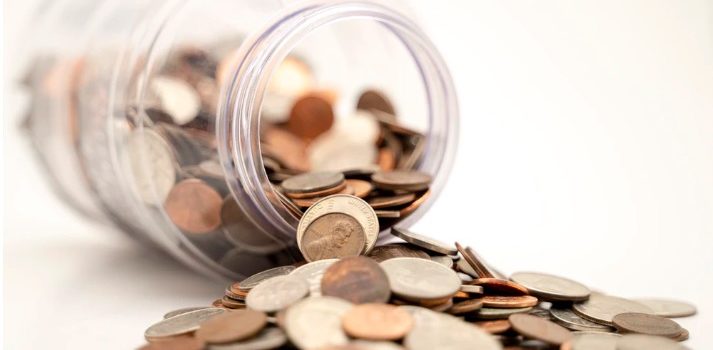

This article is an excerpt from the Shortform book guide to "The Design of Everyday Things" by Don Norman. Shortform has the world's best summaries and analyses of books you should be reading.
Like this article? Sign up for a free trial here .
What are common coins? What can they tell us about how people perceive information?
We use common coins in everyday life. Yet, most people don’t know what’s actually on the coin. We recognize them by simple, fast methods like size and weight, rather than looking at images, codes, or patterns.
Read more about head knowledge versus knowledge of the world using the example of common coins.
Example of Knowledge in the World: Common Coins
A 1979 study demonstrated this using American coins. The study found that fewer than half of American college students could identify the correct image of a United States penny from a set of similar images when small details were changed (like reversing the direction Abraham Lincoln’s silhouette faces or moving the word “liberty” to a new location).
This task is difficult because our knowledge of coins is stored mostly in the world. Since most of us rarely need to tell the difference between real and counterfeit coins, our brains only store the necessary details to distinguish one type of coin from another (for pennies, this is color, size, and texture). Given a set of images that have all these distinguishing details in common, we struggle to choose the real penny because the knowledge in our head is so imprecise. But in a pile of dimes and quarters, you would pick the penny out easily every time.
Our imprecise knowledge of details is usually all we need for day to day life. But if those details change significantly, our approximate models may no longer be enough. Common coins provide another great example, this time with real-world consequences. In 1979, the United States released the Susan B. Anthony dollar coin, which was nearly the exact size, shape, color, and weight of the existing quarter (but worth four times as much). Suddenly, correctly counting change required precise knowledge of details, causing mass confusion and frustration.
Why is it that two similar coins can cause so much confusion, but we can easily distinguish a one dollar bill from a twenty dollar bill? Cultural and historical context determines how we distinguish one object from another. Because American paper money uses identically-sized bills, we are used to relying on the images on the bills themselves to tell them apart. So introducing a new bill of the same size and color would be no problem for Americans, but would cause uproar in countries that use size to distinguish between different values of paper money.

———End of Preview———
Like what you just read? Read the rest of the world's best book summary and analysis of Don Norman's "The Design of Everyday Things" at Shortform .
Here's what you'll find in our full The Design of Everyday Things summary :
- How psychology plays a part in the design of objects you encounter daily
- Why pushing a door that was meant to be pulled isn't your fault
- How bad design leads to more human errors






